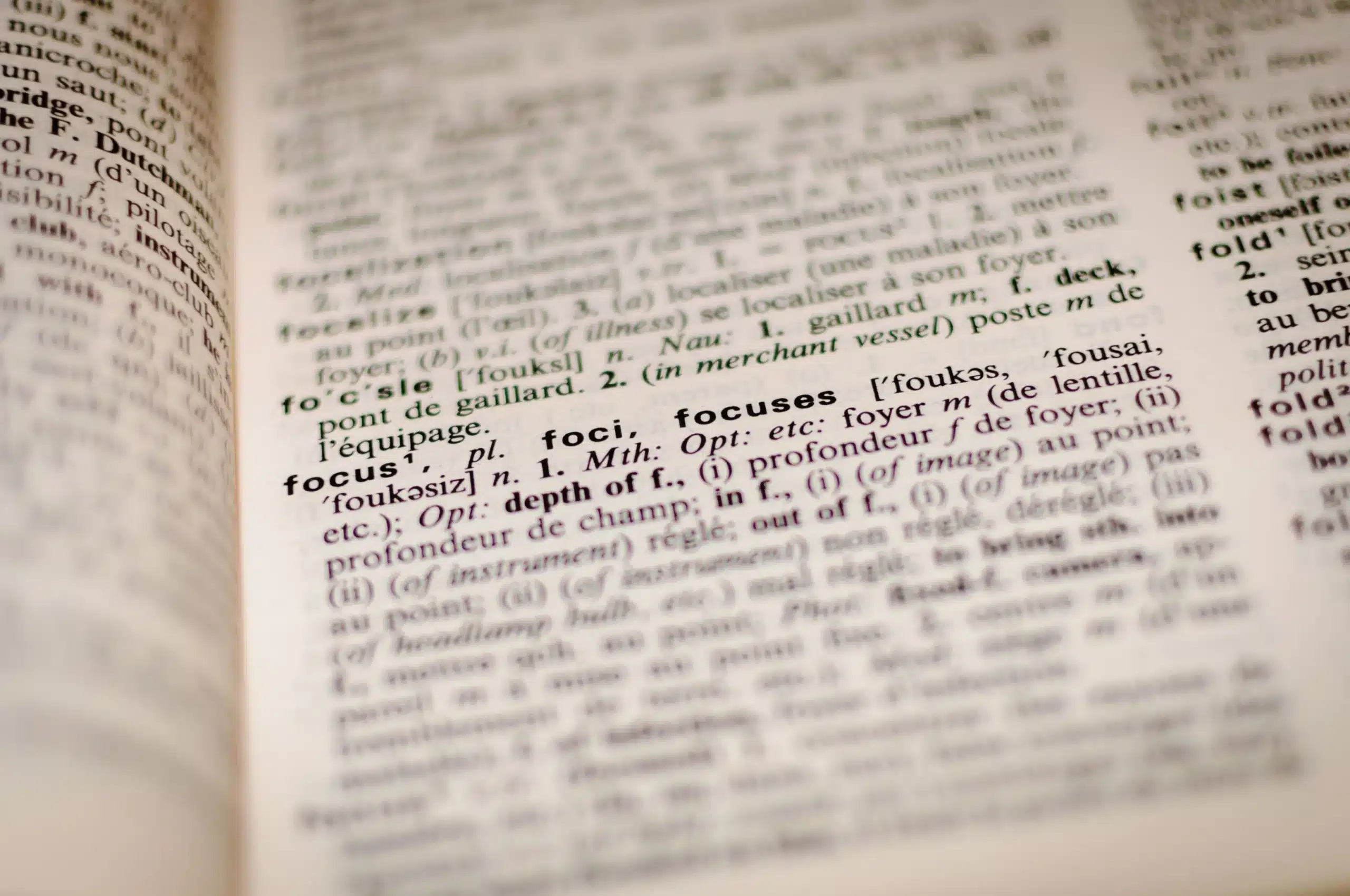Paraphrasing means expressing written or spoken content in a varied manner without disturbing its actual intent and meaning. There can be various reasons for using this technique.
Commonly, paraphrasing is used to improve the clarity of content. However, that is just one of its many uses. Paraphrasing can be useful in much more ways than that. So, in this article, we will help you learn this extremely useful technique so that you can reap its innumerable benefits.
Use Cases of Paraphrasing
For those who are unfamiliar with the applications of paraphrasing, we have discussed some common ones in the following list. In this list, we have focused on the written content paraphrasing instead of spoken.
- Plagiarism Reduction: Write-ups often get accidentally plagiarized because of the large amount of content on the internet. Such plagiarized content can be paraphrased to reduce the plagiarism percentage.
- Clarity Improvement: As we said in the introduction, paraphrasing can be used to improve unclear sentences and make them more readable.
- Redundancy Elimination: Sometimes, written content can have a lot of repeated phrases or words. This repetition can be lessened with the help of paraphrasing.
- Diverse Word Usage: Sometimes, in order to write quality content, you have to use varying words. You can use paraphrasing to introduce new words into your content.
These are among the more common usages of paraphrasing. Now that you are familiar with the potential of paraphrasing, let’s talk about paraphrasing methods.
Methods of Paraphrasing
Paraphrasing can be done in two ways. We will introduce you to both.
- Manual Paraphrasing
The manual method means paraphrasing content completely by yourself. You have to follow a few steps in order to paraphrase using this method. These steps are given in the following.
First of all, you have to analyze and interpret the meaning of the sentences that you are about to paraphrase. After that, you can make changes given below to those sentences.
- Replace words with other words that have closely matching meanings.
- Modify the placement of sentence components.
- Change the voice (active/passive).
- Insert or remove commas and other punctuation marks for better understanding.
Examples
A few examples of such paraphrasing are given in the following.
Original: The cowboy’s hat fell off as he took out his pistol.
Paraphrased: The cowboy’s headwear tumbled off as he drew his firearm.
Original: Advance technologies have made communication a lot easier.
Paraphrased: Communication has been made much more convenient because of technological advancements.
Original: The doctor examined the patient very carefully.
Paraphrased: The doctor, in a cautious manner, examined the patient.
- Automated Method
The automated method includes the use of online tools and downloadable applications. It uses advanced AI, ML, and NLP technology to paraphrase the content quickly and effectively. These paraphrasing tools can rephrase sentences or even extensive write-ups in various ways. Some good examples of these tools are:
The use of these tools is often preferred over the manual method of paraphrasing. This is because it is quick and offers almost the same level of accuracy as the manual method.
These tools are especially useful among writers and students. They use it to paraphrase sections of their articles or assignments.
Examples
To show you the working of these tools, we inserted sentences into some of the above-mentioned tools. Different passages have been used for different tools. The results are shown as images below.
- Example 1
- Example 2
- Example 3
You can see in all these examples that the tools have accurately paraphrased the inserted passages. The original meaning of all the sentences has been preserved. The contextual and literal sense of the paragraphs has remained unchanged, while the expression of sentences has been modified.
Dos and Don’ts of Paraphrasing
The applications and methods of paraphrasing have been discussed above. However, even after knowing all that, to make sure you don’t misinterpret something, we have created this dos and don’ts list.
Dos
- Use paraphrasing to remove plagiarism only from your own writing.
- The contextual meaning of sentences also needs to be taken into consideration while paraphrasing.
- Proofread your paraphrased content to ensure accuracy.
- Paraphrasing can be done on both the original and someone else’s content.
Don’ts
- Don’t paraphrase someone else’s content without citing the original author or source.
- Don’t focus only on words. You also have to understand the meaning of the sentence.
- Don’t use contextually inappropriate synonyms.
- Don’t paraphrase quotations to avoid citations or referencing.
We hope that this list clears any confusion that you might have had about paraphrasing.
Conclusion
Paraphrasing can sometimes come out to be a complicated task. However, with the right technique, it becomes quite easy. Moreover, there are some common myths about paraphrasing that we have cleared. So now, you can start paraphrasing sentences and hopefully use them to improve your writing.

